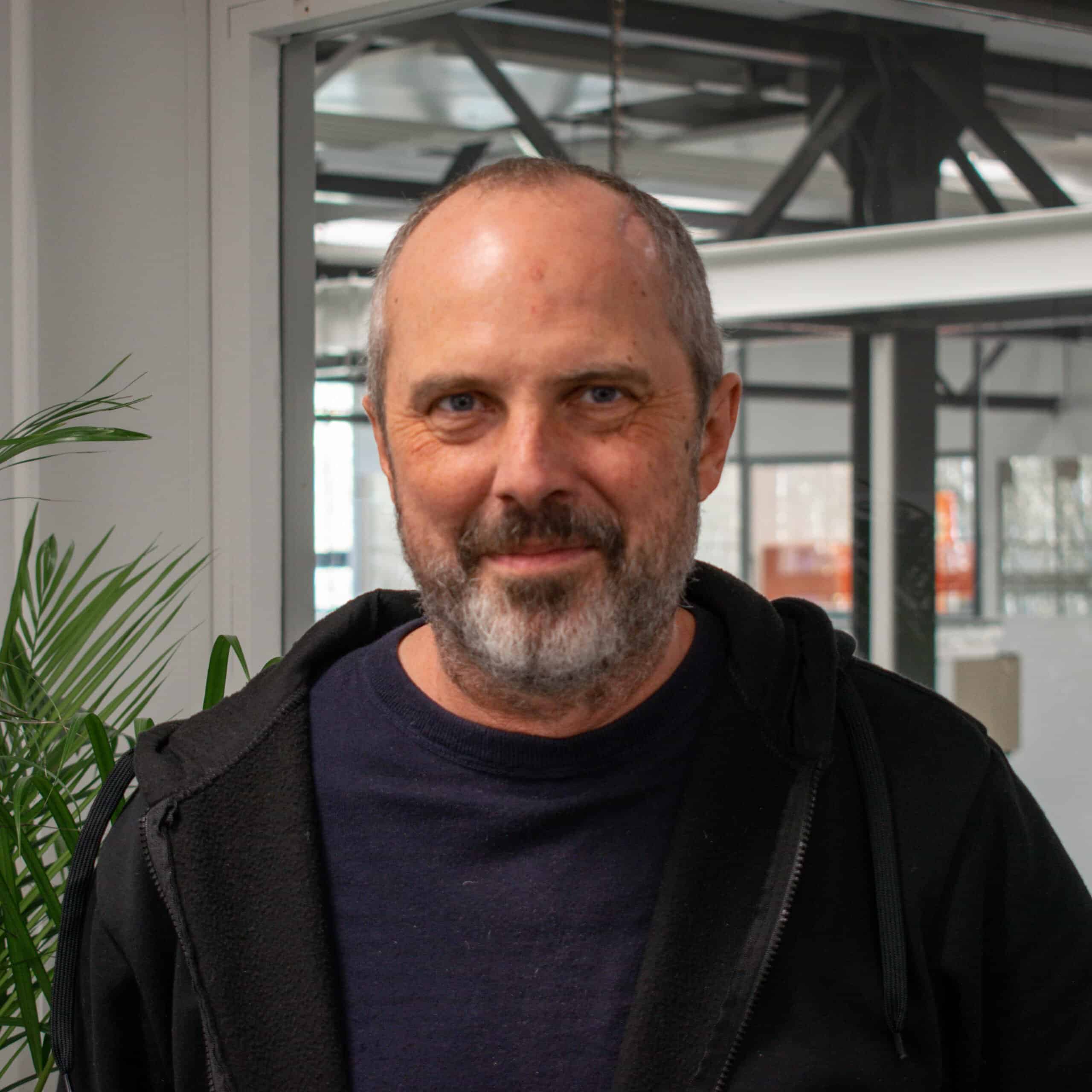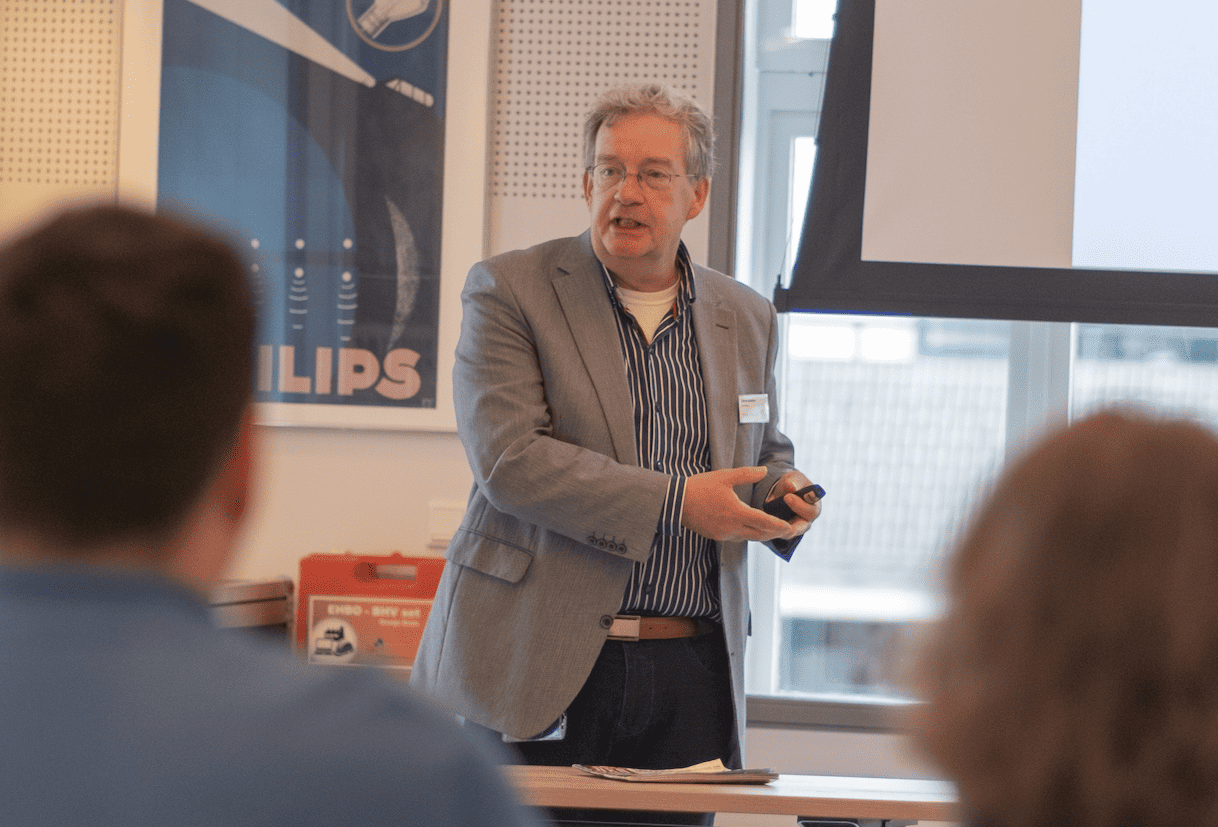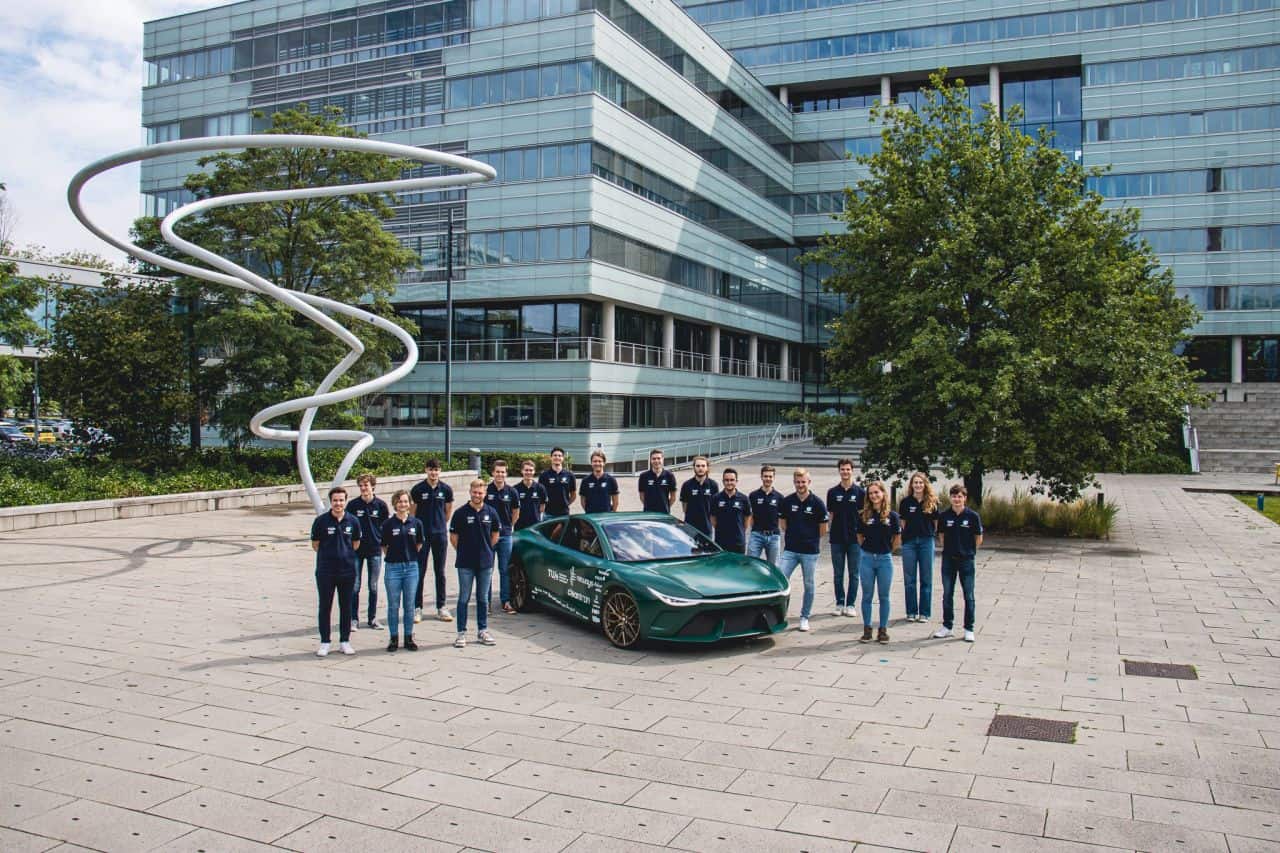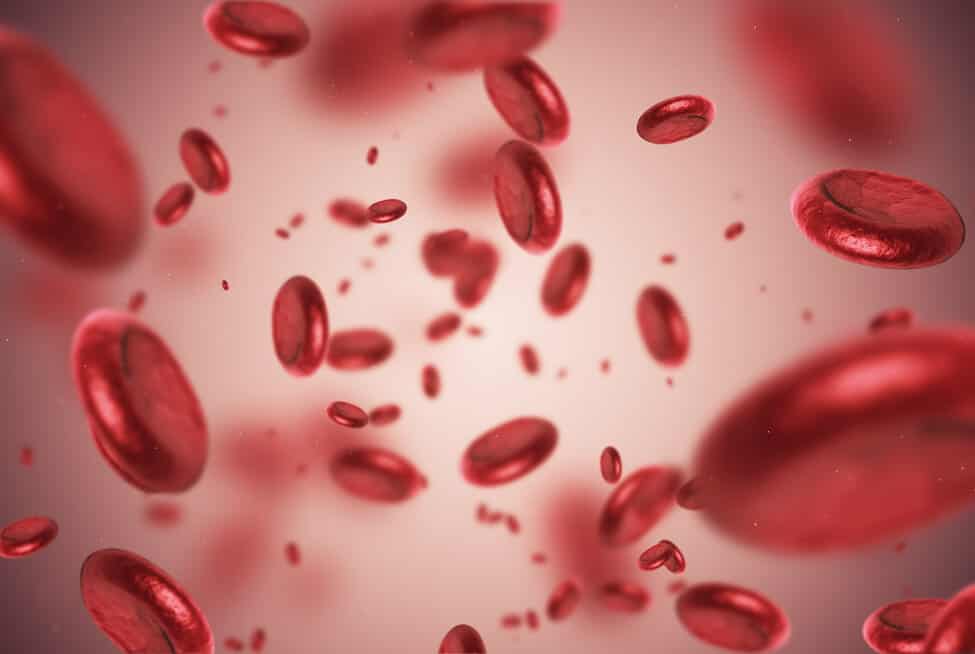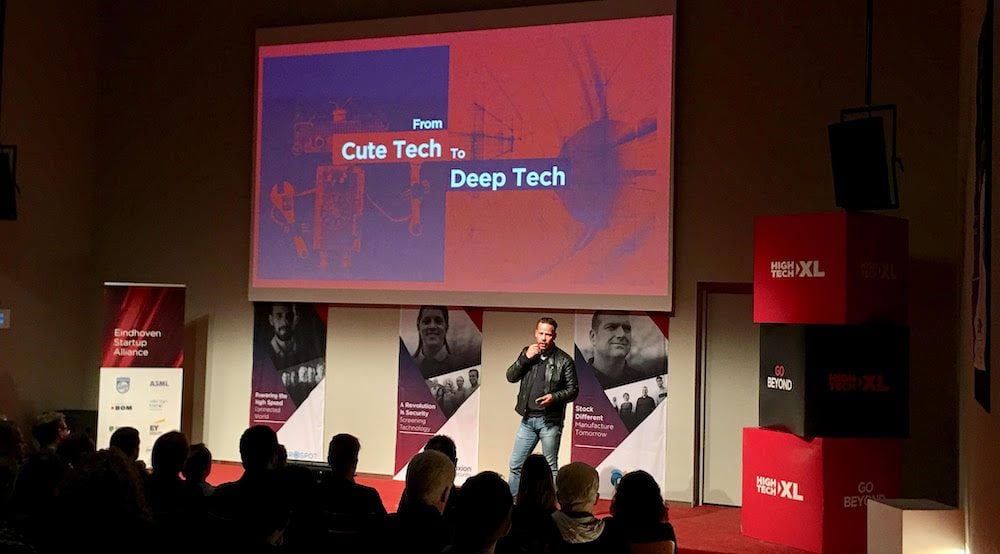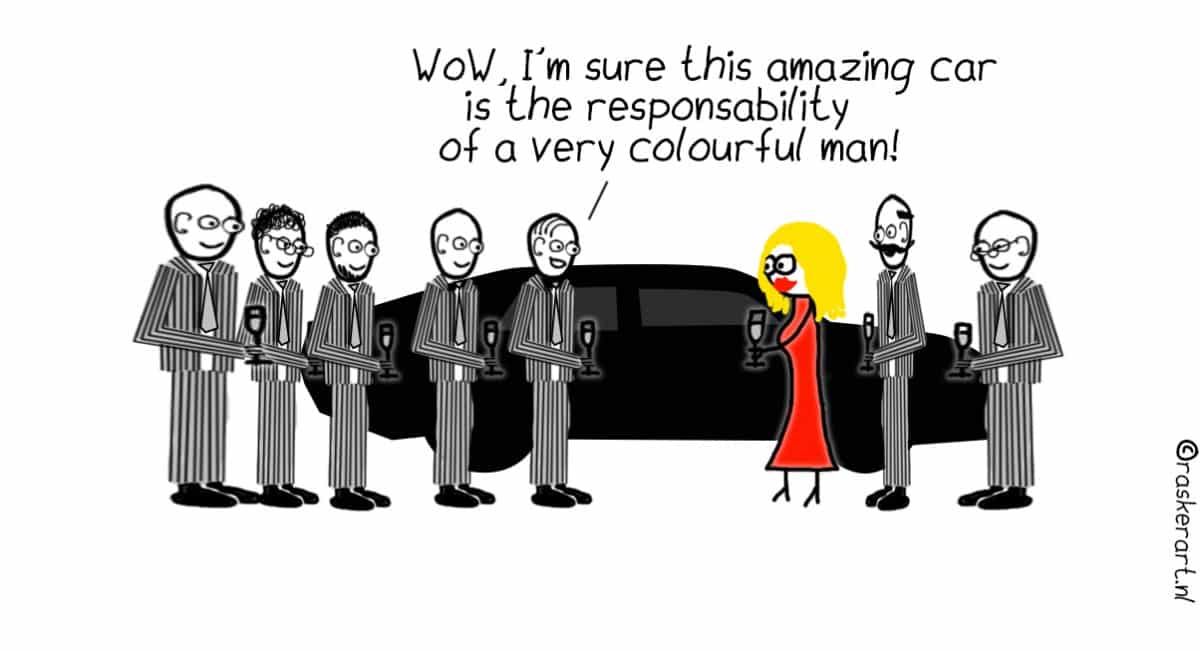
June is drawing to a close, so it is time for the first monthly overview of the ‘Best read’ series. Surprisingly, the most read topic was not mobility, but gender. The stories about TU Eindhoven’s measure to hire only women for six months from 1 July attracted most readers both nationally and internationally. That women stand their ground in the field of innovation was evident this week at the presentation of our own Gerard and Anton Awards, which fortunately featured many ladies on stage. And this is important, because international research has long since shown that gender equality leads to better innovations!
The Top-5 of June
- By hiring only women, men will also benefit
- Helmondse start-up Dens haalt investering van €550.000 op
- ‘Dutch Mountains’ get a place in new station area Eindhoven
- Startups-to-watch: 10 new winners of the Gerard & Anton Awards
- Tomorrow is good: 130 times determination. Lightyear on the eve of the unveiling
Back to this week, where the unveiling of Lightyear One was a long-awaited highlight for innovative Netherlands. How cool would it be if the former winner of our own awards turns out to be the new Tesla in a year’s time, and our columnist and Lightyear PR manager Tessie will soon appear in this list? Like we said: Women rule!
Formic acid
Slightly overshadowed by last week’s female power, on the Automotive Campus in Helmond, Dens’ little brothers reached the second place in the best-read list. While everyone was talking about diesel versus electric, Max Aerts and his team developed engines and generators on…. formic acid. You have read about how that works on Innovation Origins over the past few years, because Aerts is another of our former winners.
However, our columnist and Smart Mobility director at TU Eindhoven Carlo van de Weijer is not interested in acidity. When asked, he appears to be a convinced supporter of the most important power source in our galaxy. “All cars will be powered by the sun. Maybe directly, lightyear style, or through solar cells on the roof that charge the car, or possibly through fuel made from the sun (it is possible to make petrol or natural gas or kerosene out of sunlight, CO2 and H2O). But that’s not hydrogen, I’m pretty sure.”

